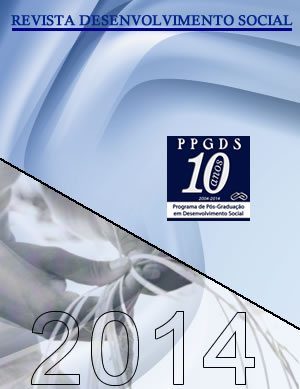INEQUALITIES IN INFORMALITY: AN ANALYSIS OF THE NORTHEAST AND SOUTHEAST REGIONS OF BRAZIL
Keywords:
Nordeste, Sudeste, desigualdades, trabalhador, informalidadeAbstract
Brazil has significant regional disparities, especially in regard to indicators of
socioeconomic development. Differentiated levels of capital reproduction and effective
institutional regulation affect the configuration of the labor market in each region of the
country. This context of socioeconomic disparities opens space for comparative analysis
of informality in the labor market of macro-regions Southeast and Northeast, with the
aim of showing the rates of informality in each region, their conditions and
developments. In the 1990s the process of "deregulation" and "disintegration" of the
labor market began to walk in the same direction, setting the deregulation of labor. This
process provided some consequences such as excess supply of labor, intense growth of
the tertiary sector, growth of informality in labor relations, increased unemployment and
unemployment, precariousness or worsen the quality of jobs, among others. However,
in the 2000s the box disintegration of the labor market began to suffer a reversal, as
reported in the neodesenvolvimentista perspective. In light of the data obtained in 2012
by the National Sample Survey (PNAD), a comparison of secondary data which showed
the existence of significant regional disparities in the informal sector was conducted.
Downloads
Downloads
Published
How to Cite
Issue
Section
License
Copyright (c) 2014 Revista Desenvolvimento Social

This work is licensed under a Creative Commons Attribution-NonCommercial-NoDerivatives 4.0 International License.
Esta licença permite que outros(as) façam download do trabalho e o compartilhe desde que atribuam crédito ao autor(a), mas sem que possam alterá-lo de nenhuma forma ou utilizá-lo para fins comerciais.












.png)
.png)




.png)









